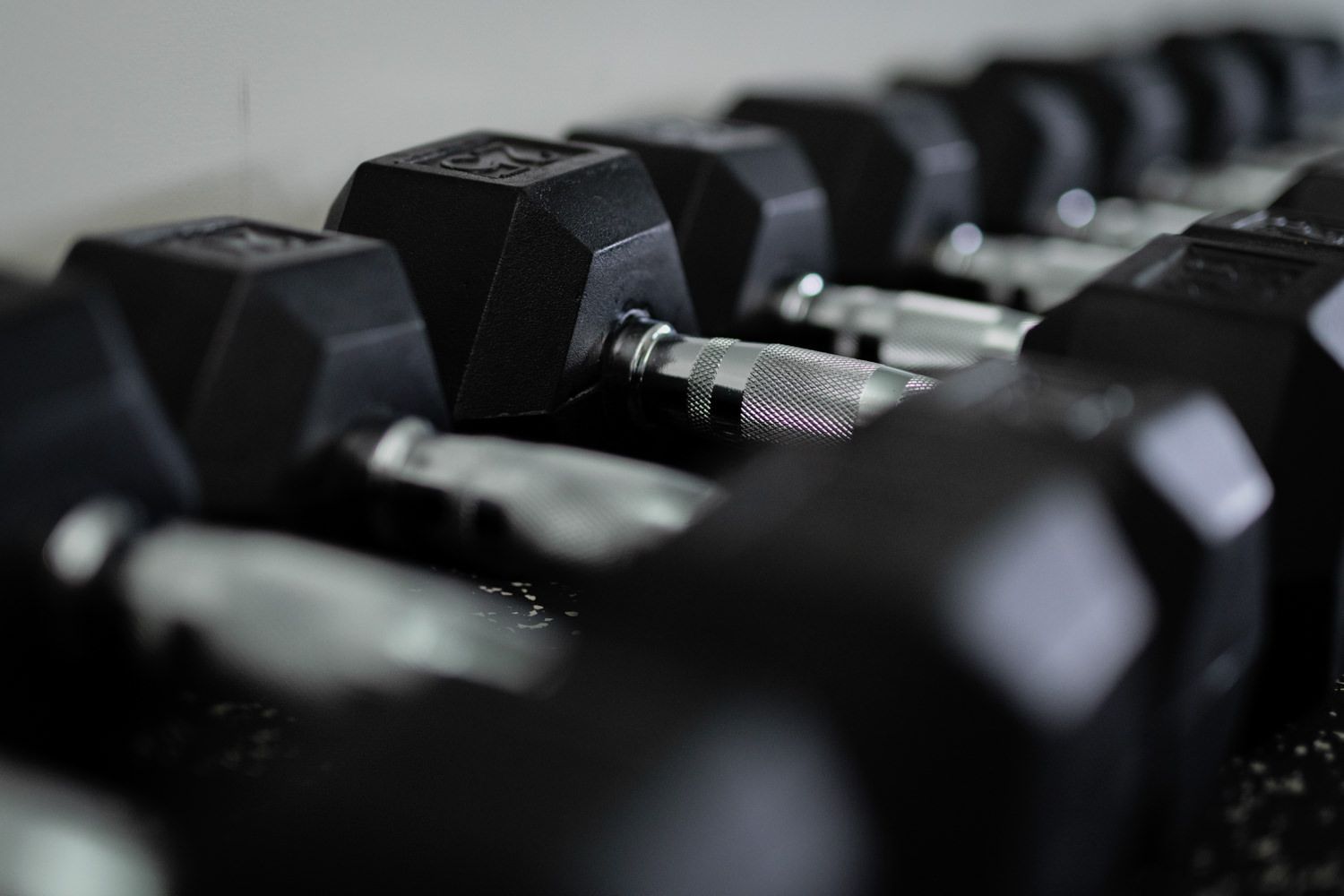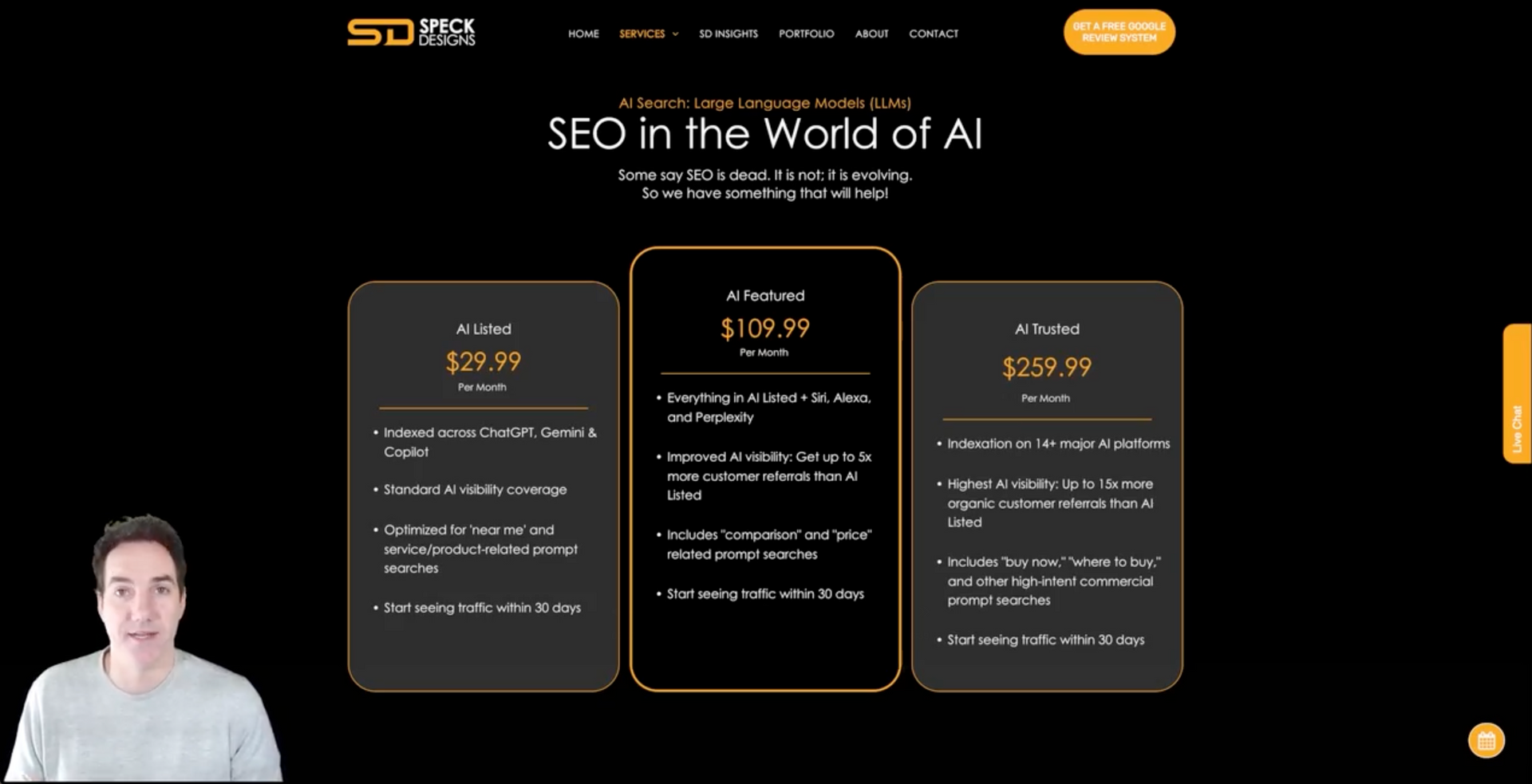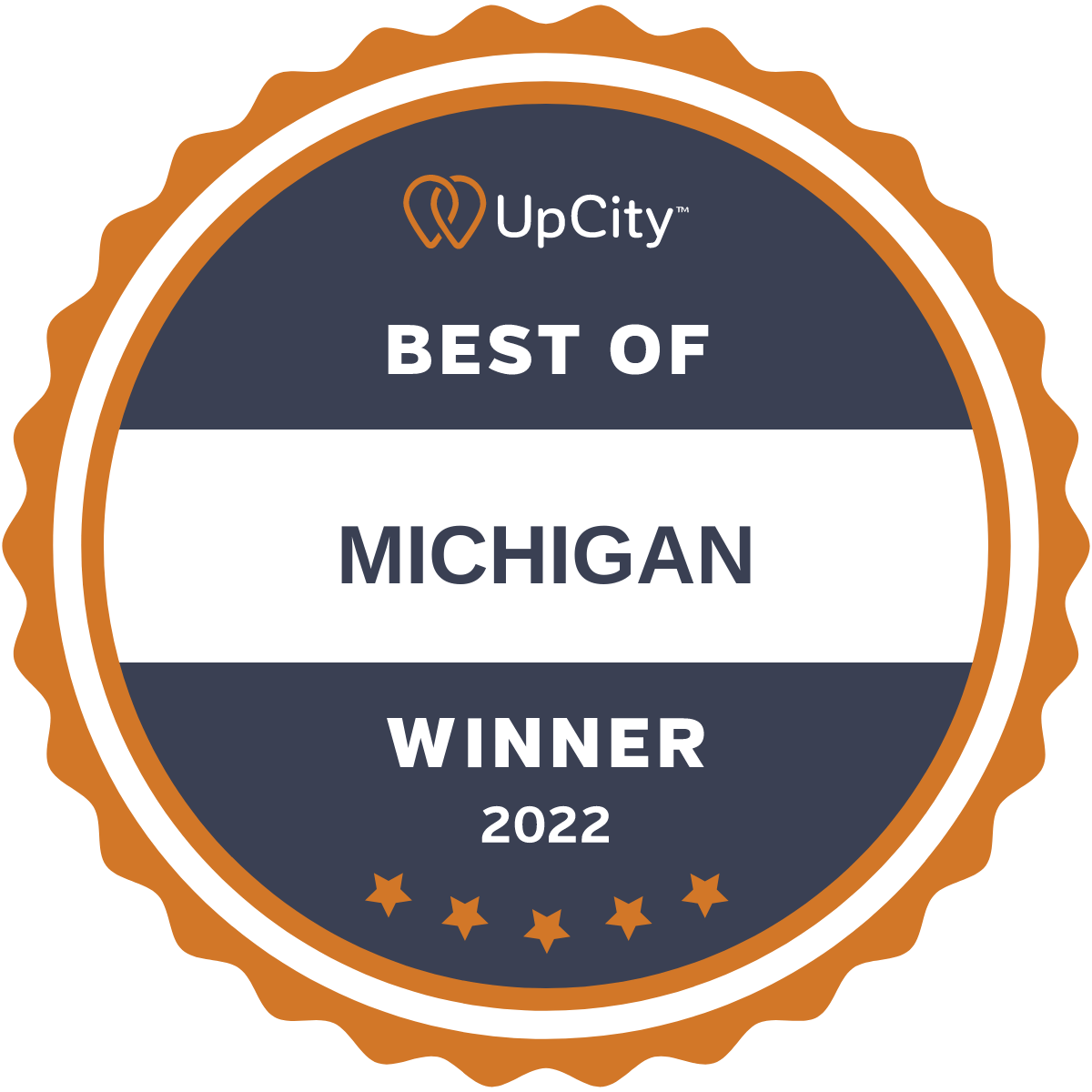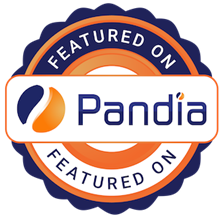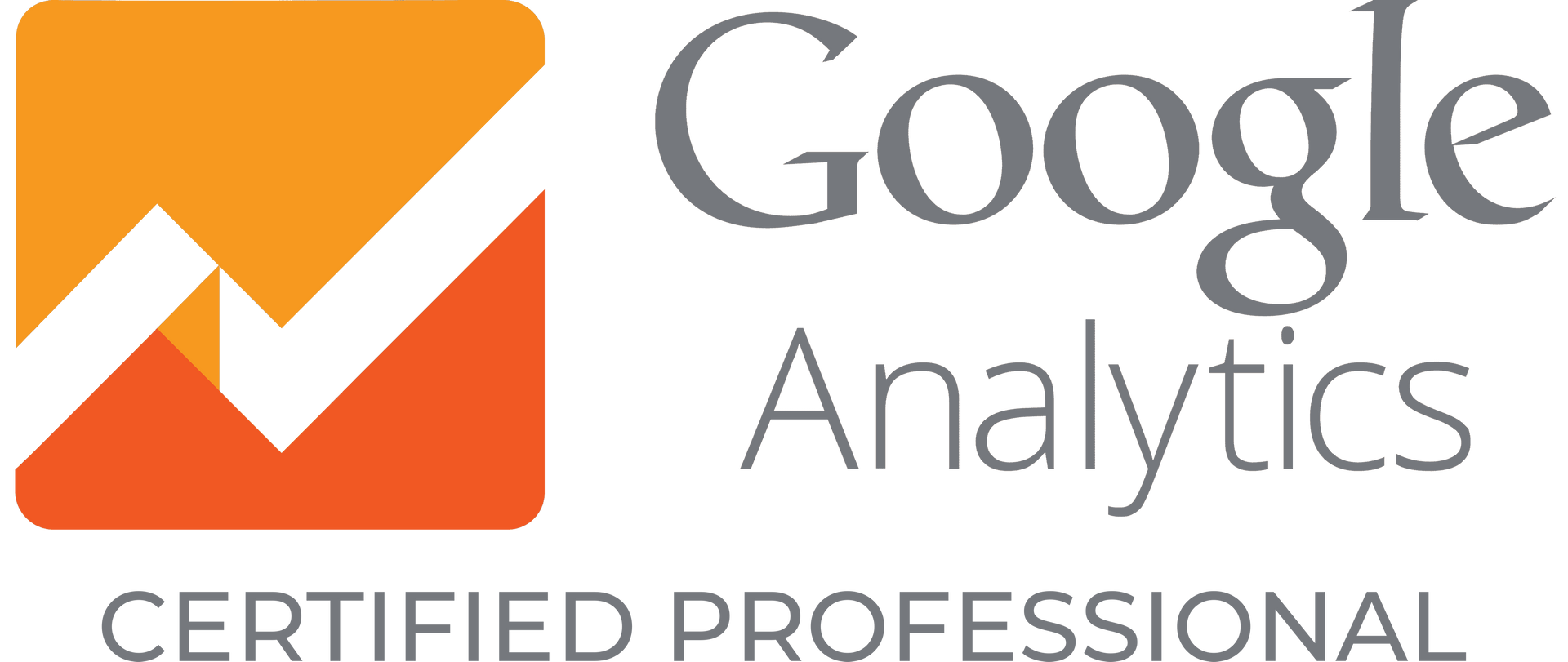1. Start with an Offer People Cannot Ignore
The first step is locking in a compelling offer before design, copy, or images. This is the reason someone hands over their details or books time with you. Keep it clear, valuable, and easy to say yes to.
Ideas for personal trainers:
- Free 30-minute consult and workout
- Custom 7-day meal plan plus a workout guide
- 30-day, 10-pound weight loss challenge
- Free downloadable e-book, The Ultimate Guide to Building Muscle
- Limited-time 1-on-1 virtual training session
Ideas for gyms:
- Free 7-day pass
- No-pressure tour of the facility
- Discounted first month
- Free group class pass
- Bring-a-friend free workout coupon
Tie the offer to a strong need with purpose-driven content. A gym near a college might promote a student rate. A trainer who supports post-natal clients could launch a Bouncing Back After Baby challenge. The more specific the offer, especially those creating urgency like a 30-day challenge, the higher the conversion.
2. What Makes a Landing Page Convert
A strong landing page structure follows a simple framework that moves visitors from interest to action, boosting audience engagement through focused elements like interactive content and driving conversions for landing pages.
a) Headline that makes the value obvious
Your headline is the hook. Keep it short, clear, and tied to the outcome.
- Weak: Personal Training Services
- Stronger: Lose 15 Pounds in 60 Days with a Certified Trainer
- Stronger: Transform Your Fitness, Claim Your Free 7-Day Gym Pass
Match the headline to the promise in your ad or email. If the ad promotes a free trial, the headline should do the same.
b) Subhead that adds context and confidence
Use the subhead to reinforce the value proposition and set expectations.
- Example: Ready to hit your goals with a plan that fits your life? Get expert coaching, simple nutrition guidance, and workouts that deliver results you can see and feel.
c) Visuals that show real people and real results
Visual elements like photos and videos should help visitors picture success. Skip generic stock photos. Use images that reflect your brand and audience, and consider content repurposing to adapt these assets across platforms.
For personal trainers:
- Action shots of you coaching a client
- Before and after photos with client consent
- Video content that tells a clear outcome, such as quick client testimonials
For gyms:
- Clean, modern spaces with people of different ages and body types
- Featured equipment, group classes, or specialty areas
- A long-form video content piece like a detailed virtual tour that shows the layout and energy
Video content builds connection; use it strategically to demonstrate energy and authenticity.
d) Copy that focuses on benefits, not features
People want outcomes, not specs. Translate features into real gains with persuasive copy. Leverage generative AI for efficient copywriting to generate compelling copy quickly, focusing on benefits to improve conversions for landing pages.
Instead of:
- 24/7 access
- Certified staff
Try:
- Train on your schedule, morning or night
- Get a plan from a certified coach who understands your needs
Make it easy to scan with simplicity. Use bullets. Address common objections, incorporating personalization for customized plans that resonate deeply.
Examples:
- A custom plan built for your goals and experience
- Simple nutrition tips that fit your routine
- Accountability that keeps you consistent
- Efficient workouts that save time and deliver results
Content marketing thrives when copy like this drives clear value and conversions.
e) Social proof that builds trust
Social proof wins. Show that you can deliver, while prioritizing ethical marketing practices like obtaining consent for real results, using trust indicators to enhance conversions on landing pages.
- Testimonials: Use real names, a photo, and a clear result. Example: I lost 20 pounds in 3 months with [Trainer Name], and I have more energy than ever. This community-driven content fosters brand advocacy.
- Case studies: Share a short story that covers the starting point, the plan, and the outcome.
- Before and after photos: Always get permission and respect privacy.
- Client logos: If you train teams or local businesses, display their logos.
- Media mentions: Add logos from magazines, blogs, or local news features. Influencer collaborations can amplify these.
- Data: Use clear stats such as 50+ 5-star Google reviews or 500 clients supported.
- User-generated content (UGC): Feature client-shared stories or photos to add authenticity, including more testimonials for stronger social proof.
f) A clear call to action
Your call to action (CTA) is the turning point. Tell visitors exactly what to do and why it benefits them, tapping into social commerce for immediate conversions from social traffic to landing pages.
- Make it prominent with a standout CTA button color
- Place it above the fold and repeat it in a few spots
- Use action verbs: Get My Free Pass, Book My Consultation, Start My Trial, Download My Guide
- Keep one main call to action (CTA) to avoid confusion
g) Forms that do not slow people down
Short forms convert better for effective lead capture. Ask for only what you need, and emphasize data privacy to build trust, maintaining simplicity.
- First name, email, phone are often enough
- Add a short privacy note, such as We do not share your information
3. Technical Details that Drive Results
A strong page looks good and works fast. Small technical shifts can boost conversion rates and improve the overall conversion rate, including voice search optimization for emerging user behaviors and GEO (Generative Engine Optimization) for future-proofing against AI-driven search. These technical choices related to design drive real results.
- Mobile-first design: Prioritize mobile-friendliness since most visitors will be on a phone. Ensure buttons, forms, and fonts emphasize mobile-friendliness on small screens.
- Fast load speed is crucial for the overall user experience: Compress images, limit heavy scripts, and use quality hosting. Slow pages lose visitors.
- No main navigation: Remove top menus to reduce distractions and keep focus on the action you want.
- SEO is not the priority:
Landing pages support paid ads and direct traffic, not long-term search ranking. Keep the copy natural and benefits forward, but integrate keyword optimization in technical details for better visibility.
- A/B testing: Try different headlines, images, button colors, and layouts. Tools like Unbounce or AI-powered platforms make testing simple. Small wins stack up.
- Tracking and analytics: Add Google Analytics and ad pixels from paid media sources. Watch conversion rates, bounce rates, and time on page. Use data to make steady improvements, incorporating social listening to refine strategies based on audience feedback.
4. What Happens After Someone Converts
The experience after a conversion matters as much as the landing page itself.
- Thank you page: Confirm their request, set expectations, and offer the next step to continue building the relationship with the generated leads. This page is crucial for nurturing those leads right after submission. Examples: Check your email for your free guide or We will call within 24 hours to schedule your session.
- Email automation: Send the promised download or booking link right away, using AI for smarter personalization and content automation in follow-up sequences. Follow up with a short sequence that educates, builds trust, and invites a next step, incorporating hyper-personalisation to tailor messages. Share success stories, FAQs, and a simple booking path.
Treat your landing pages like sales assets, not one-time projects. Review performance often, test one change at a time through optimization, and keep the experience focused on outcomes your clients care about.

